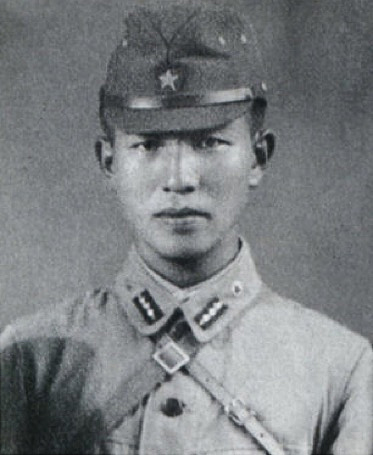On March 9, 1974, Hiroo Onoda, the last Japanese soldier to surrender after the end of World War II, finally laid down his arms, marking the end of a remarkable 29-year saga. His story highlights the tenacity of the enemy and the challenging times Japan faced in the aftermath of the war.
Onoda was sent to fight for Japan on Lubang Island in the Philippines when he was called for compulsory military service. But when Japan surrendered in 1945, he did not believe it and continued fighting in a guerrilla-style resistance. He would only come out of hiding when ordered by his commanding officer, which, unfortunately, never happened as he had been killed during the war. It took almost 30 years before his former commander tracked him down and negotiated with him to lay down his weapons.
Despite his mistaken beliefs, Onoda’s refusal to surrender demonstrates his resilience. He survived against Overwhelming odds for over two decades, staying hidden from Philippine and US forces. His story is a source of inspiration, showcasing the strength of the human spirit even in the face of adversity. The eventual surrender of Onoda marked the end of one of WWII’s most incredible stories—one that proved how dedicated some soldiers can be despite seemingly insurmountable odds. His courage has since inspired numerous books, films, and other forms of media about his remarkable story, cementing his place in popular culture. However, it is also worth noting how difficult times were for many Japanese people following the end of WWII, with millions facing poverty and struggling to rebuild their lives.
Hiroo Onoda is an inspiring figure in modern history. He exemplifies tremendous bravery in the face of dire circumstances, such as war and conflict. His actions symbolize perseverance and dignity, qualities that have served as beacons of hope during times of hardship worldwide.

